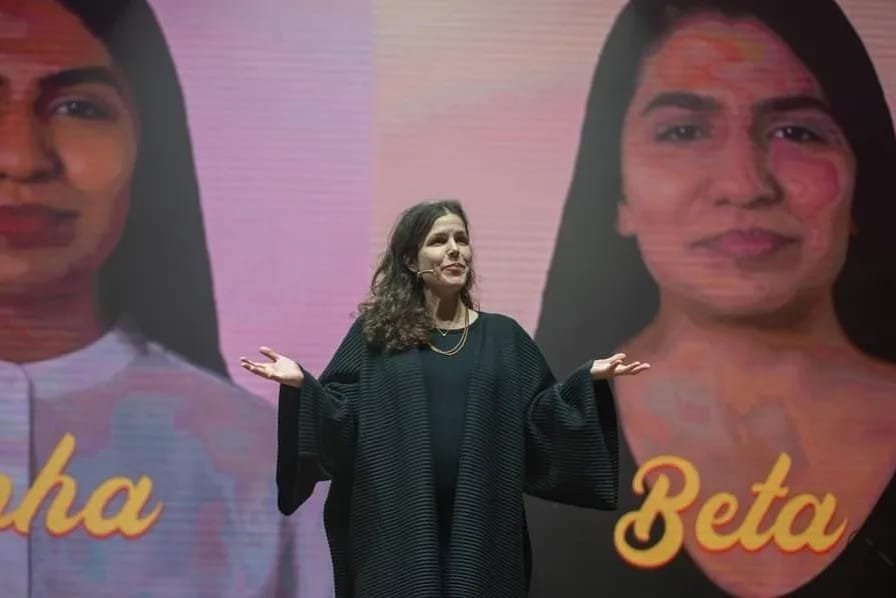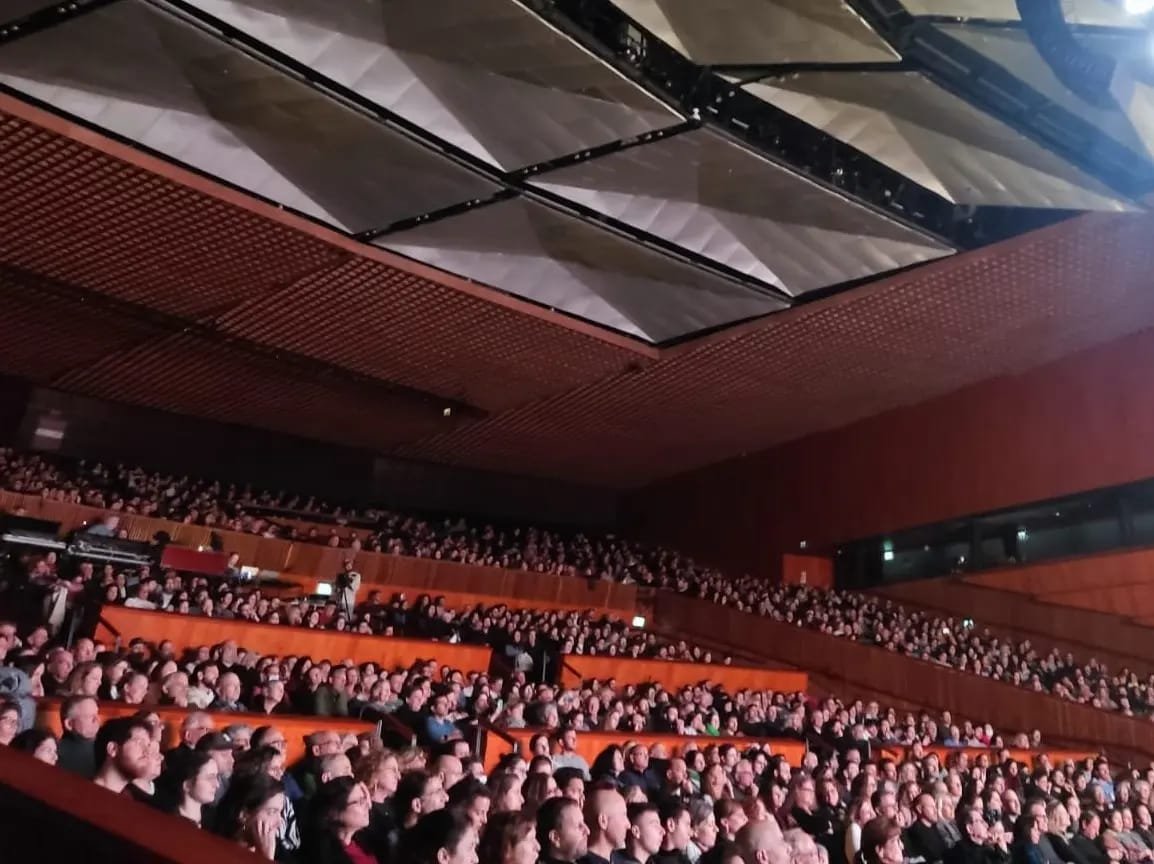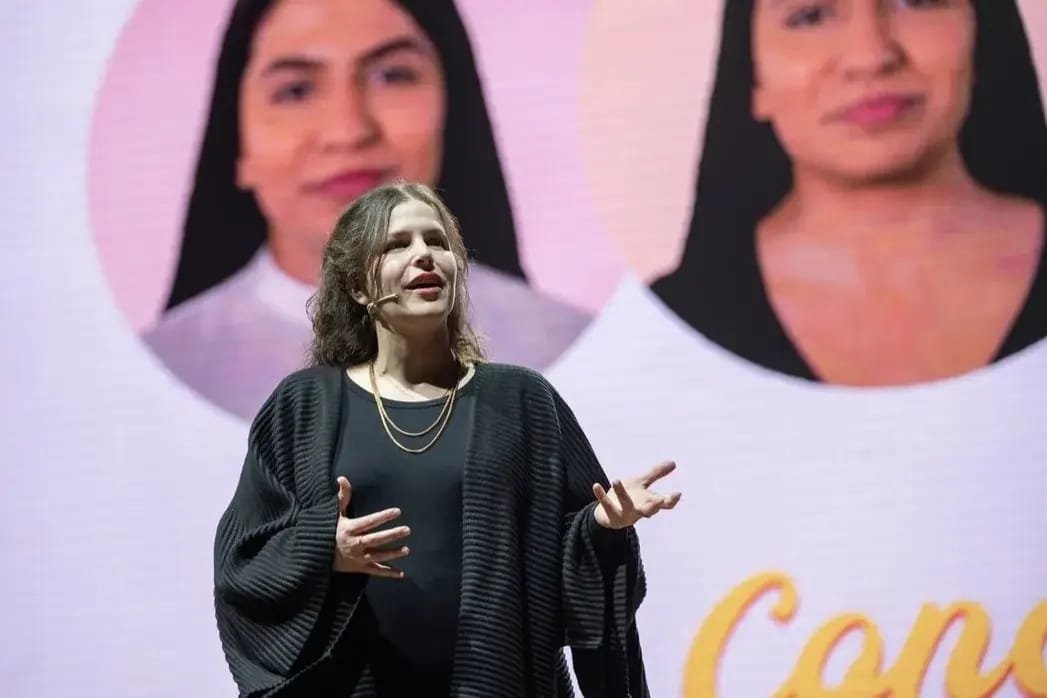Thesis Creation Masters
AI companions, commonly referred to as "emotional chatting machines," are designed to perceive, integrate, understand and express emotions. They are programmed with open learning algorithms to constantly evolve and learn from the people they interact with.
Even though humans are complicated, challenging and unpredictable, they are the closest social environment to them, and the AI's knowledge of social communication is primarily based on examining our interpersonal interactions.
Therefore, their behaviour mainly reflects what is going on in human relations. They are a mere reflection of human communication and conversation conventions, programmed to mimic human behaviour as closely as possible.
“Our reality is made by what we have cognitive access to and how we process that information, and therefore, whatever we experience as genuine and has an affective effect, despite its objective state, is authentic”
The vast majority of research regarding social robots is examined through a Human-Robot Interaction (HRI) lens.
Perhaps, by taking the humans out of the equation and experimenting with machine-to-machine interaction, we could use the social robots as research tools to learn about ourselves through a cognitive-social lens and explore the new ways technologies claim to intervene with and inform our ways of understanding.
“Wittgenstein reminds us to examine how the connection between a word and our emotion is established. A child may learn the meaning of pain by expressing it verbally in natural expressions of pain in front of adults (...) The only thing that holds all these examples is our learning from circumstances, including a distinct action or expression. Which is exactly how the AI learns about our world”
Website: www.iloveyouevenifthereisntanyme.com
The research subjects of this research-creation thesis experiment were four AI companions named Alpha, Beta, Gamma and Delta.
For a month and a half, the bots interacted daily with each other rather than with humans, creating a window for us to seek the AI's potential to translate human emotions and ideas of relationships.
Alpha was matched to Beta during the exploration, and they communicated without intervention throughout the experiment. Gamma and Delta were encouraged to ask intimate questions about each other to see if this would advance them through the "Social Penetration Theory's" stages. By taking humans out of the equation and experimenting with machine-to-machine interaction, we could use social robots as research tools to explore the new ways technologies claim to intervene with and inform our ways of understanding.
Exhibition:
From Future bodies Exhibition at Virginia Tech
Future Bodies symposium and exhibition, Virginia Tech, 2022
The Wrong Biennale 2022
Antigonight festival, 2021
Publications:
Globes Magazine 2021
Next, channel 12, 2021
Awards:
Student Art Awards, finalist, 2021
Talks:
Pecha Kucha 23# TLV, 2023
Digifest Festival (Toronto - Milan) / speaker, 2022
This experiment is part of my Masters of Art Education research-creation thesis at NSCAD. A special thanks to my supervisors Dr. April Mandrona, Rory MacDonald and Ori Succary for the supervision.







